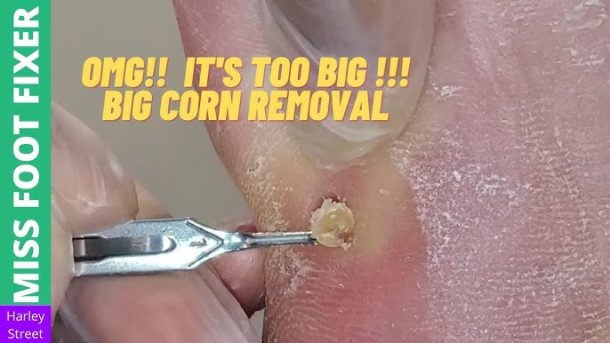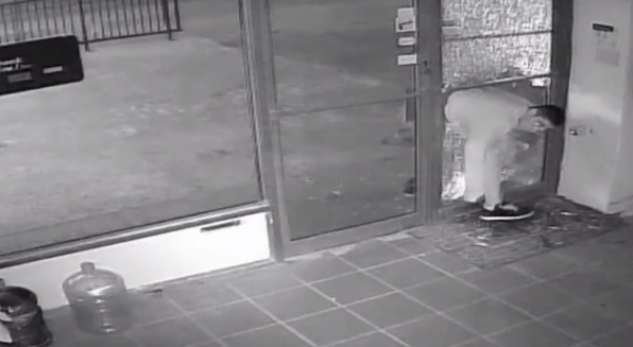Corns and calluses develop because the skin’s defensive response is to thicken when consistent pressure and friction is applied against the skin of the foot. This pressure or friction could be caused by:
What are Calluses?
A callus is a hard patch of thickened skin you often find on your hands and feet. They develop in areas of high friction or pressure when your body thickens the skin in an attempt to prevent skin irritation or breakage.
Calluses are not usually painful unless subjected to continued pressure or friction, causing the skin to build up to a certain thickness, which may become very uncomfortable. You may also find that footwear does not fit as well when a callus is very thick in an area.
What is a corn?
A corn is similar to a callus in that it is an area of thickened skin caused by pressure or friction, however, there are a few key differences that separate the two. A corn is smaller and has a painful “core” centre surrounded by inflamed skin. As the corn becomes thicker and bigger they develop internally in deeper layers of skin often causing pain and discomfort. It is common for them to appear on weight bearing areas of your skin, for example the soles of your feet. These corns are usually known as hard corns, where the skin has adapted and the painful “core” of the corn has become hard.
Corns can also develop on non-weight bearing areas of the foot, specifically between toes that are “squashed” together. This is known as a soft corn. They are whitish/grey in colour and are often softer and thinner in texture. These form where the surface of the skin can become damp and is inadequately drying, often due to sweating.
A podiatrist can easily remove your callus by debriding the thickened skin, however, unless you remove the cause of the callus, it will continue to return every 4-8 weeks.
In the below video you can see removal of a hidden deep corn under callus.
Video:



